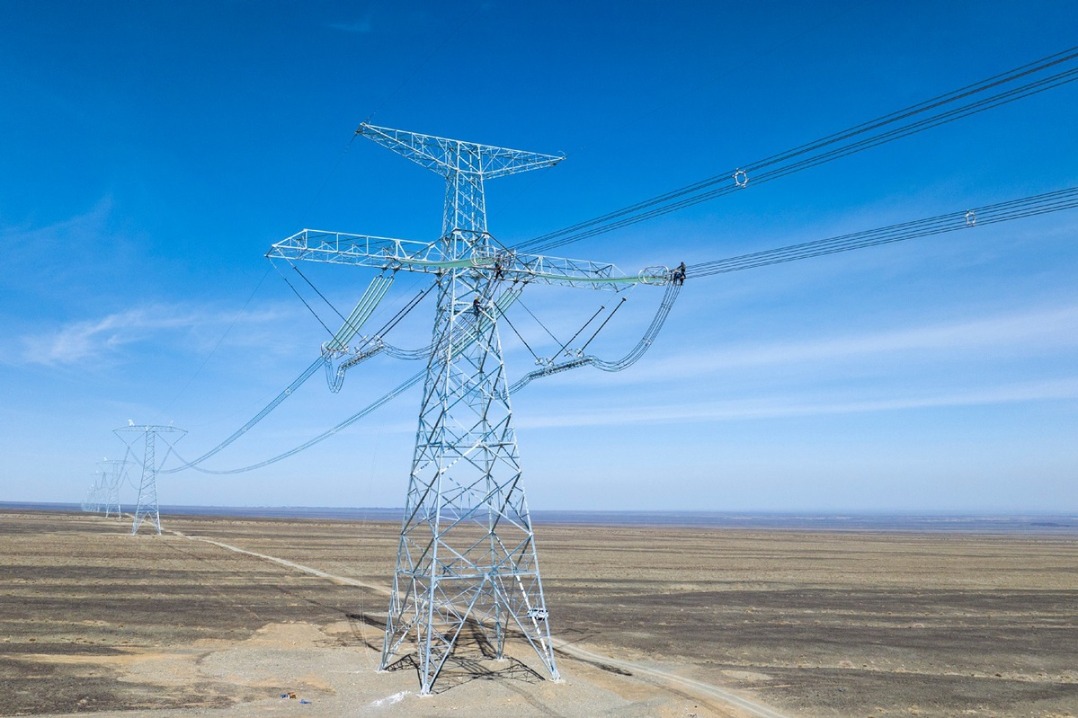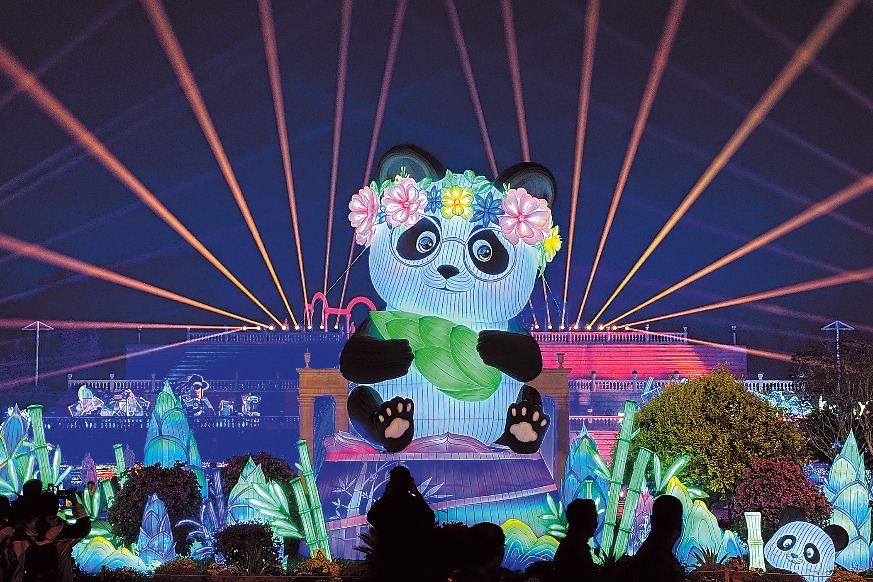Zhejiang transforms once-polluted land into industrial park

Spanning an area of 26 hectares, the once-polluted land in Yuecheng district in Zhejiang's Shaoxing has now been transformed into a low-altitude economy industrial park, poised to become a hub for emerging low-carbon industries.
"This area used to house a glass factory, which emitted 408.8 metric tons of sulfur dioxide and 996.6 tons of nitrogen oxides annually," said Ding Yujue, an official from the district's economy and information technology bureau.
Ding added that the glass factory is a high-energy-consuming and high-emission company in Yuecheng, with energy consumption per unit of added value reaching up to 6 tons of standard coal per 10,000 yuan ($1,392). In 2021, the factory consumed 100,000 tons of standard coal, accounting for 3.4 percent of the district's total energy consumption that year.
"With China's steps toward its commitment to peak carbon emissions before 2030 and achieve carbon neutrality before 2060, the land became a focal point for regional industrial upgrades due to its energy consumption issues," Ding said.
In 2024, the district took advantage of its status as the province's pioneering demonstration zone for low-altitude economic development by relocating the former glass factory to the city's industrial cluster. The vacated land was redeveloped and transformed into an industrial park dedicated to supporting the low-altitude economy, aiming to create a green, low-carbon hub for emerging industries, she added.
The redevelopment has improved the land's spatial utilization efficiency by transforming idle land resources into development potential, with the total building area now covering 52.05 hectares, she said.
In addition, the industrial park has attracted major companies such as the Chinese unmanned aerial vehicle company JOUAV and the Shaoxing Yichu energy technology company, with more businesses expected to join in the future.
Yao Xingyu, vice-general manager of JOUAV Zhejiang, highlighted the district's strategic location, noting its proximity to major ports in Shanghai and Ningbo, as well as international airports in Hangzhou and Ningbo. Given that some of the company's products weigh over one ton and that most of their customers are located in the Yangtze River Delta, the company decided to establish a presence in the industrial park.
Yao added that, adhering to the principles of energy conservation and emission reduction, the company opted to preserve the original reinforced concrete framework of the glass factory, making only minimal adjustments.
Tang Jiake, an official from the district's development and reform bureau, said that by introducing new energy and intelligent manufacturing technology, the annual output value of the industrial park is expected to exceed 500 million yuan. The energy consumption per 10,000 yuan of industrial added value can be as low as 0.05 tons of standard coal, thereby optimizing carbon reduction and emission control efforts.
- Over 140b parcel deliveries made in China this year
- Nation leads global green energy growth
- TCM gains wider recognition, support
- China debuts world's mightiest centrifuge, unleashing ultra-intense gravity
- Macao SAR chief executive appoints 7 members to 8th Legislative Assembly
- Eight-day holiday season set for?record intl air passenger traffic





































